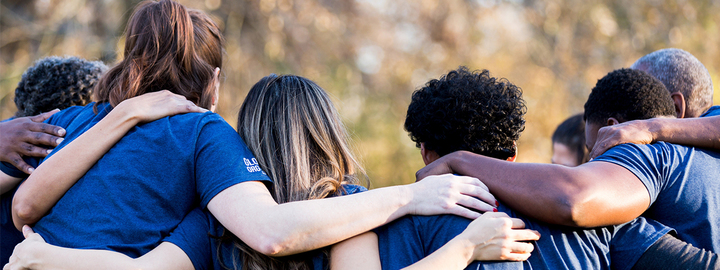Editor's Note: This article was last updated on June 8, 2020. Since publication of this piece, inclusion and diversity have become critical workplace focuses. This conversation below offers a glimpse into one company's unique approach to combatting unconscious biases, ensuring more of the underrepresented hold leadership positions so they can better represent the community demographics they serve, and more.
In this episode of the Oliver Wyman Health Podcast, Julie Murchinson, former Chief Executive Officer at Health Evolution, and Terry Stone, Oliver Wyman Health & Life Sciences Partner, and Global Chair for Inclusion & Diversity, interview Florida Blue's President and Chief Executive Officer, Patrick Geraghty. They discuss Florida Blue's inclusion and diversity strategy, why they've chosen to not set targets, and what new mindset shifts and actions they've adopted based on feedback from the underrepresented individuals they both work with and serve.
For this episode and more, check out the Oliver Wyman Health Podcast page, featuring executive conversations on the business of transforming healthcare.
Ask Alexa, "Play Oliver Wyman Health Podcast."
More From This Episode
- “Diversity is an outcome you can strive for. Inclusion and an inclusive culture is the critical element that enables it and makes it work. If you can achieve inclusivity in the culture, you don’t wind up having to talk about each different cohort or separate groups of people."
- "When I arrived at Florida Blue, we had a diversity department — literally a dozen people who worked on diversity [full-time]. In my view, they were good at securing recognition for the organization … but when I looked at eight white male executives reporting to the CEO, my benchmark's always been about results, not activity. So, we fairly quickly disbanded the diversity department. I had some employers associated with that department question my commitment. I was very clear with them: my commitment couldn't be at a higher level."
- "[Regarding] the way we now approach advertising and communicating in our communities, it used to be people with Hispanic backgrounds felt like they were pulling us to do things in Spanish. Everything now is designed with the Hispanic community very early in the design process for product, advertising, communicating, and our retail centers [and] integrated through the organization is that mindset."
- "Having a base background that gives you the right set of frameworks is important. I try when I interview people to get into how they grew up, what their backgrounds were, what they were exposed to, and then understanding what other training [they've had] and how their thinking has evolved."








